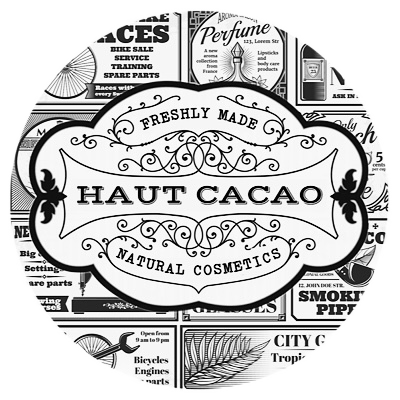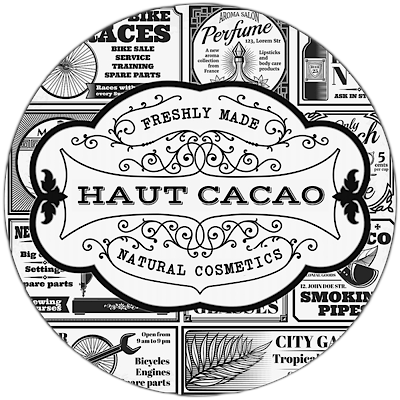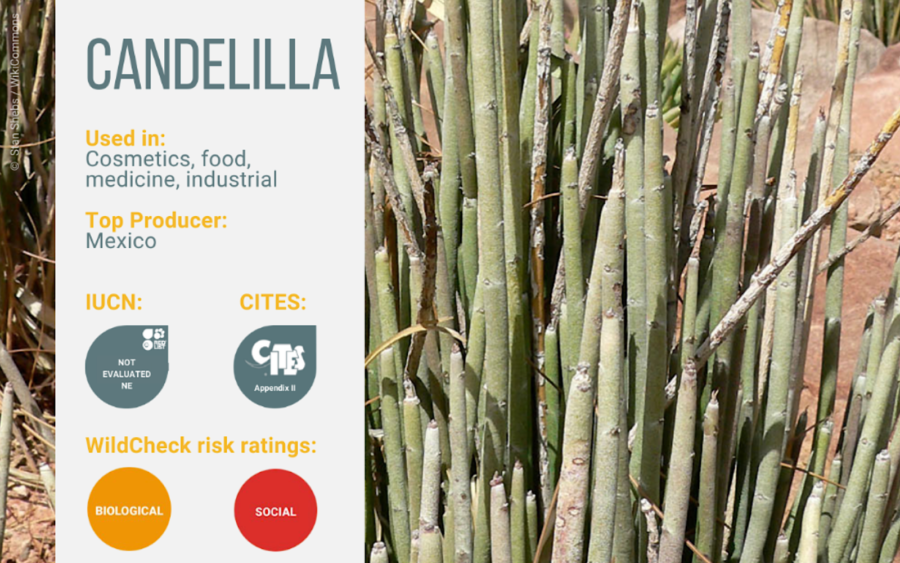Candelilla has been the wax I have almost always opted for in my formulas after trying many different types of waxes. We may not think twice about the origin of candelilla or other plant waxes, how they are harvested, or even know candelilla is an ingredient when we buy a makeup or skincare product. I was first curious about how it may change the texture of my products if candelilla or any wax was completely left out which I go into in more depth at the end of this post. It caused me to go down a bit of a rabbit hole. Behind this seemingly minor ingredient, there can lie complex supply chains and significant environmental and social risks.
The newly published WildCheck report presents the first-ever social and biological risk ratings for candelilla wax and eleven other carefully selected wild plant ingredients – the Wild Dozen – along with the significant development opportunities for local communities and ecosystems that these plants present. You can read the full report here.
A wax covers the stalks of the candelilla plant during the dry season to minimize water loss through evaporation. This wax is an extremely common ingredient that finds its way into cosmetics, including lipsticks, foundations, concealers, glosses, mascaras, and lotions, often as a vegan alternative to other waxes like beeswax. It’s also used as a binder in chewing gum, food, medicines, and other industrial products such as adhesives and polishes.
current issues
The greatest danger in sourcing candelilla is similar to the greatest danger in sourcing mica. It comes at the wax extraction stage. After collection, workers must immerse the plants in a mixture of water and acid, and the wax becomes separated as the liquid boils. This is a hazardous operation which poses risks of immediate and long-term health effects, particularly since visits to processing facilities have found improper storage of sulfuric acid and workers handling the chemical without safety equipment.
Candelilla harvesters (known as candelilleros) often face other poor labour conditions, too. Since the plant is found mainly in remote parts of the desert, harvesting trips may last several days and involve setting up temporary camps along arduous journeys. Candelilleros tend to be among the poorest in Mexican society and are paid very little for the challenging work they do, and their limited employment opportunities can render them vulnerable to exploitation.
Besides the humanitarian risks, the report highlights that the candelilla plant has not yet been assessed by The IUCN Red List of Threatened Species™, and its limited distribution coupled with a trend of destructive harvesting techniques throws the survival of this valuable species into question.
pesticides on the outer wax of plants
when pesticides are used, they are sprayed directly onto the outer wax of the plant. “…our knowledge of these interactions at the molecular level still remains very limited. In the work presented in this thesis, key aspects from a typical agri-spray process were followed. The investigations focused on the configurational alterations of surfactant micelles as the pesticide nano-carriers upon pesticide and wax solubilisation, and the structural changes of the reconstituted wax films before and after exposure to pesticides and surfactants….”. You can read this article in full here and more on the study itself here.
Apart from interfering with aquatic life, wax made from unspecified blends isn’t the healthy option. All waxes manufactured with paraffin, GMOs, toxic dyes, synthetic fragrances, and acids are suspicious. Breathing their hazardous chemicals is bad for your health. They can result in cardiac problems, allergies, lung issues, autoimmune diseases, and more. Considering our health and environment, we’re obliged to make the right choices.
plant waxes can never be unrefined:
how a plant/animal/mineral wax determines the texture of a makeup product:
When a wax or waxes are present in a product, that wax texture will always determine the texture of the product as a whole. Some waxes are thicker than others. One reason beeswax is more popular in mascaras is because it is bulky so it creates the illusion of thicker, more voluminous lashes. If you were to compare it with a mascara that contains only candelilla wax you would notice a very significant difference. I have found candelilla to be the wax with the least ‘texture’ to it. But the other thing I didn’t love about the wax is that over time it can cause the makeup surface to harden so it is more difficult to pick up colour. Lastly, applying a wax to the skin, any wax, can lessen the natural glow of the skin. This may be what someone prefers if they have midday shine but too much mattifying can create a flat look to the face.The main reason I decided to remove it from my formulas was the exploitation and health risks of those who harvest it, which is also the main reason I stopped working with the popular ingredient, mica.
also – you are ingesting these waxes and remnants travel into your eyes
You may want lots of texture in your mascara but when you have a lot of texture in your foundation or concealer, it can enhance what you are actually trying to camouflage because it creates a thick, ‘cakey’ look on the surface of the skin. I have realized it is why I am not a huge fan of most lipsticks. It is like smearing the soft, melted part of a warm candle on your lips. The more texture the wax or waxes have in your lipstick formula, the more heavy and cakey it feels on the lips, and the more it gathers in dry areas, like the corners of the lips. And what doesn’t build up in the corners of your lips, you ingest! The other thing is that you are also applying these waxes in eyeliner formulas. You can see above that waxes are used as binders and varnishes. It doesn’t sound like something I would want to put directly into my eyes, or indirectly. Though they are almost all biodegradable, they can take weeks to break down.
Here is the EFSA statement in the EU:
pregnant and nursing women, and those with sensitive skin, are advised not to use Candelilla Wax without the advice of their medical professional. Children should not be exposed to the wax unless supervised. If you experience itching, burning, pain, localized swelling of the lips or tongue, immediately discontinue use and seek medical attention.








